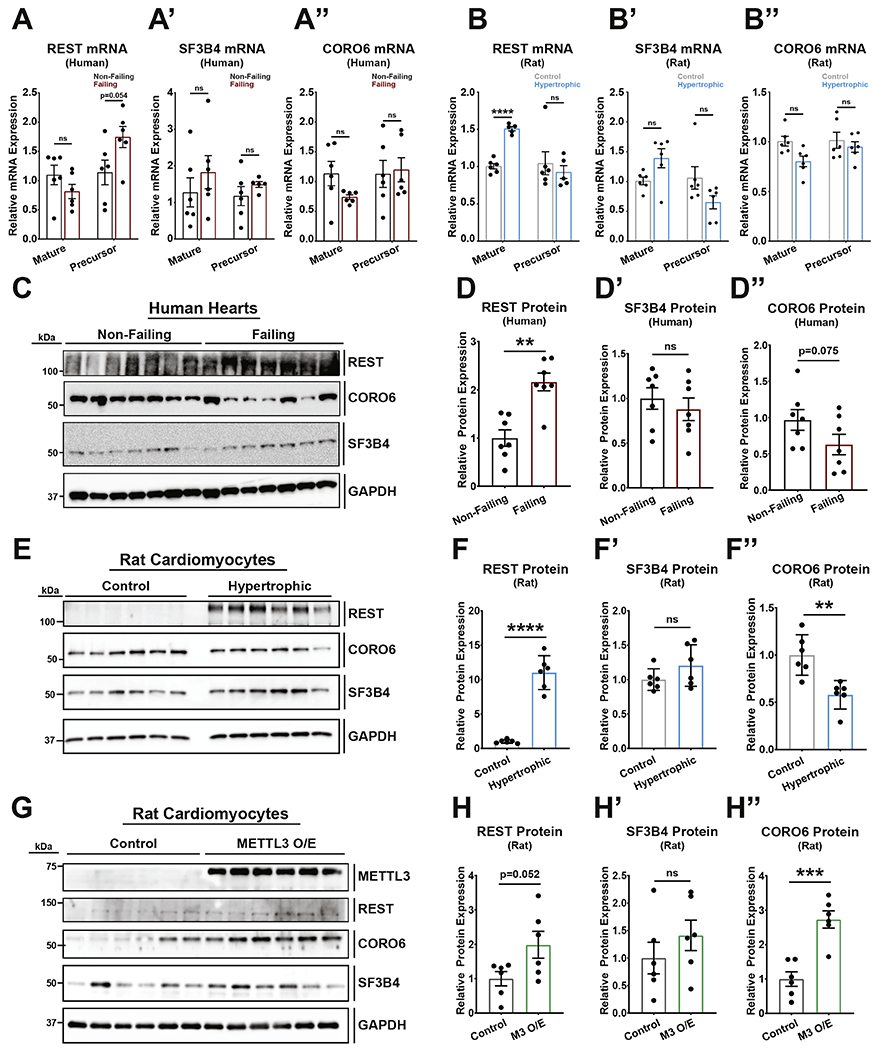Figure 6. m6A enrichment on REST and CORO6 mRNA impacts protein expression.

(A) qPCR against human (A) REST, (A’) SF3B4, and (A”) CORO6 show no differences in mature or precursor mRNA levels between non-failing and failing RNA samples (non-failing and failing: n=6). (B) qPCR against rat (B) REST, (B’) SF3B4, and (B”) CORO6 show an increase in REST mature mRNA but no differences in mature SF3B4, mature CORO6, and all precursor mRNAs between control and hyertrophic samples (control and hypertrophic: n=6). (C) Western blot of human non-failing and failing heart samples with antibodies against REST, CORO6, SF3B4, and control GAPDH (n=7, each). (D) Protein quantification of the human western blot (C) for REST (D), SF3B4 (D’), and CORO6 (D”). (E) Western blot of rat neonatal cardiomyocyte control and hypertrophic samples with antibodies against REST, CORO6, SF3B4, and control GAPDH (n=6, each). (D) Protein quantification of the rat western blot (E) for REST (F), SF3B4 (F’), and CORO6 (F”). (G) Western blot of rat neonatal cardiomyocyte control or METTL3 overexpression samples (M3 O/E) with antibodies against METTL3, REST, CORO6, SF3B4, and control GAPDH (n=6, each). (D) Protein quantification of the rat western blot (G) for REST (H), SF3B4 (H’), and CORO6 (H”). Dots on graphs indicate individual data point from biological replicates. Statistics carried out using two tailed t-test. ns = nonsignificant;** = p < 0.01. *** = p < 0.001. **** = p < 0.0001.
